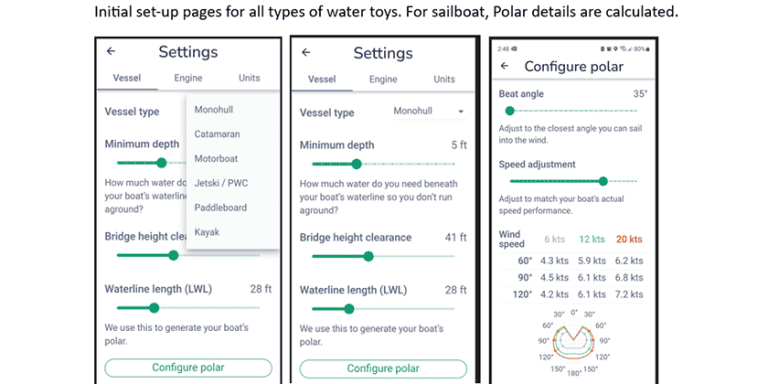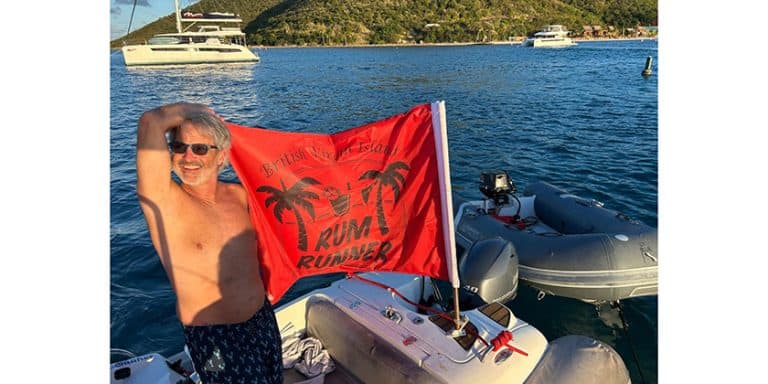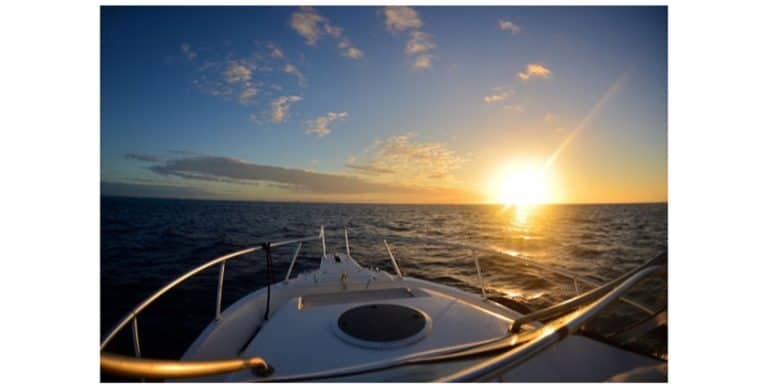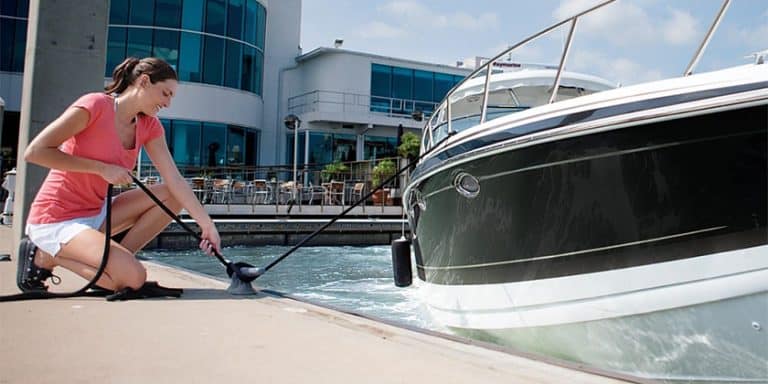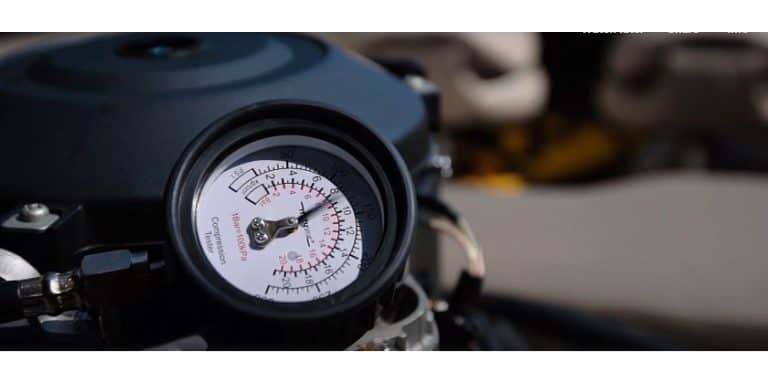Bareboat chartering for first timers (Part 2)

September 9, 2021
by Marc Robic
If chartering is something you’ve been dreaming about, this three-part article is really for you and I hope will encourage you to give it a try… BUT be forewarned…it can be addictive!
Claude and I have been bareboat chartering in the Caribbean for almost three decades every two or three years during the last 17 returning many times to some of our favourite islands, such as the British Virgin Islands (BVIs), St-Vincent and the Grenadines (SVG) and Grenada. We’ve also been to the dual island of St-Martin/Sint-Marteen, St-Barth, Antigua, Anguilla and some of the US Virgin Islands.
Part 1 introduced and discussed charter companies, types of charter, destinations and how to choose and book your charter boat and flights. If you’re landing in St-Thomas and plan on taking the ferry over to Road Town (BVI), I recommend pre-purchasing your two-way (return) ferry tickets online prior to departure.
Although my focus is on bareboat sailboat chartering in the British Virgin Islands (BVIs), the information applies similarly to any destination and type of boat you plan on chartering.
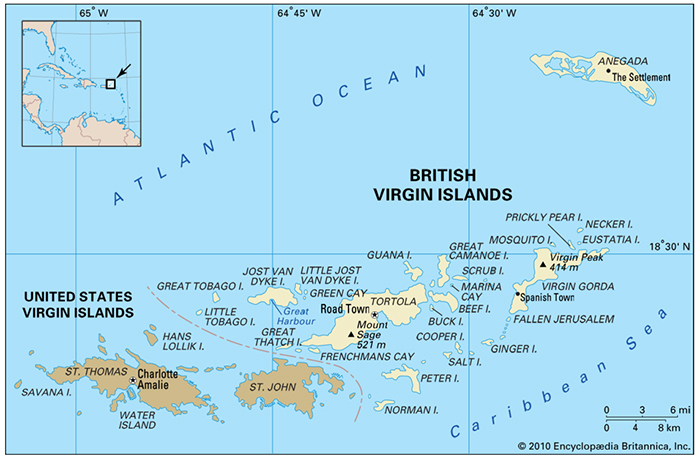
Budgeting is the very best way to manage everyone’s expectations and mitigate possible money issues.
Now that you have your charter contract signed, the deposit sent and your flights booked, it’s time to create a sail plan. It is important to note that a sail plan must be viewed as a well intentioned itinerary that can (and will most likely) change, based on weather, wind or even during the pre-departure chart briefing, where the latest local conditions or events are usually shared. So, make sure you and all those going with you, understand that itinerary flexibility is a must.
Using the suggested itineraries available on charter company websites as your guide, prepare a daily plan as to where the next anchorage will be and where you want to stop on the way. As most charters begin at noon, the first night should be a short sail or hop from the charter base, allowing time to arrive, anchor and enjoy the anchorage. Remember that all charter boats must be safely anchored or in harbour before sunset. Navigating after sunset is a big insurance No-No since you can no longer see coral and reefs lurking just below the surface. In the Caribbean, the colour of the water during day time is an excellent gauge of safer passages when entering anchorages and bays.
Once you know each daily destination, your sail plan will also determine your meal plan. So read up on each destination to see what it has to offer in terms of restaurants, bars, activities, hikes, snorkeling, etc. Make sure to plan enough time to not only enjoy the sailing but each destination as well.
Decide if lunch or dinner (or both) will be onboard or ashore for each day. Estimate a dollar value for each meal, such as $30/40 (US) for lunches and $50/60 (US) for dinners per person. This will give all passengers a good idea of what they can anticipate spending.
To set a proper budget, a realistic sail plan should be established. Below is an example of a 14 day/13 night trip we took (ten nights onboard and three nights ashore at the end of charter)
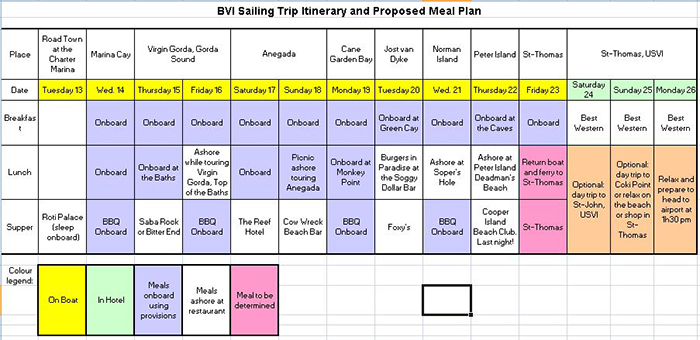
Note: if you plan on sailing to Anegada, the furthest of the BVIs, you will need prior authorization from your charter company. Your experience as well as the weather forecast will play in granting you this passage. The first year we chartered, we were not permitted. As you consult the charts, you will notice shallow reefs and many shipwrecks surround the island. The only safe passage and anchoring area is via a well marked and clear passage on the south west side of the island. While sailing there, you will start to see the tree tops once you are relatively close, hence her nickname, the drowning island.
Now, you have a good idea as to what meals will be onboard and, in consult with the other members of your party, establish an agreed upon grocery list. You can opt to use the pre-order form supplied by your charter company, who will then make sure it all gets delivered onboard and on time. Be cognisant that you are on an island where everything has to be shipped or flown in, so selection and availability will vary. The vendor will do his best to substitute any items that are not available. Having said that, the grocery providers to the charter businesses are very accommodating and will replace or credit any item not to your liking.
Also, be mindful of the limited fridge space you have in a boat, when choosing fresh produce requiring refrigeration, like fruit and especially vegetables. Fresh water aboard is also limited so limit the produce requiring a lot of washing and rinsing.
When placing your order for beverages, make sure you specify you want cans or plastic bottles, not glass! Glass is to be avoided on a boat, it’s not only cumbersome in terms of garbage, but it can also be dangerous. In the Caribbean islands, beer is most often sold in glass bottles but some brands are available in cans.
If you arrive a day early, as we normally do, you can also opt to hire a cab or a driver for a few hours and go do your own grocery shopping with a stop at the liquor store.
Once you’ve agreed on where and how many meals will be ashore, you can set a fairly accurate budget that will include all the associated costs and various fees. Below is our budget from another trip we took to the BVIs and shows the total and per couple cost.

Meals ashore are not considered common expenses. Common expenses would be all costs related to the boat, such as fuel & water (which must be topped up when returning the boat), overnight mooring balls (when not anchoring) and all provisions, food and drink items that will be shared. Any items that will not be shared are paid by who uses it. In my case, I am the only scotch drinker, so I pay 100% of that bottle.
The best way to control and avoid disagreements about common expenses is to set a “common expenses fund” as soon as you’re onboard, where everyone chips in, say $100, into a pouch. Any time an expense occurs that is a common cost, such an overnight mooring ball, more water, fuel or provisions gets paid from this fund. When the fund runs low, everyone chips in another $100. At the end of the trip, whatever is left, gets divided and paid back equally to each person.
Keep reading on the BVIs for more up to date information that may incite you to make some itinerary changes. In the BVIs, there’s always something new going on, so remember to keep the sail plan flexible.
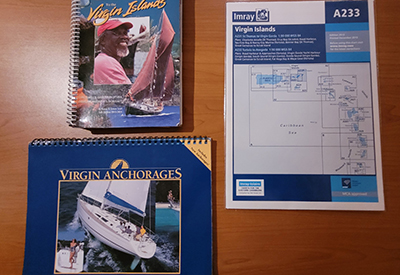
A note on some our favourite destinations:
- In Virgin Gorda Sound, the Bitter End Yacht Club (BEYC) is still under reconstruction after being hit by two hurricanes. But you anchor or ask permission to dock for a few hours and go visit the site and redevelopment plans. bitterendyachtclub.com
- Right next door to BEYC, is SABA ROCK. A terrific restaurant/boutique hotel that sits on its own tiny island. Dinghy over for a visit and drink, maybe dinner.
- Jost Van Dyke. There are a few good spots, but our preferred is White Bay, home of the Soggy Dollar Bar and the famous (original) Pain Killer drink. Stay for lunch and an afternoon of games available at no charge at the bar.
- Top of the Baths. You will read all about The Baths, an amazing pile of huge granite boulders along the shore line on Virgin Gorda. A must see and do on all suggested itineraries. But, not many people know about the trail that will take you all the way up to the Top of the Baths hotel. Order and enjoy a drink on the pool deck overlooking all the islands of the BVIs. Enjoy the pool and try my favourite drink, the Bushwacker!
- Cane Garden Bay. Best anchorage for sunsets with great beach side restaurants to choose from. Take a short walk to visit Callwood’s, the oldest rum distillery and sample the products. We always budget to bring back at least one bottle.
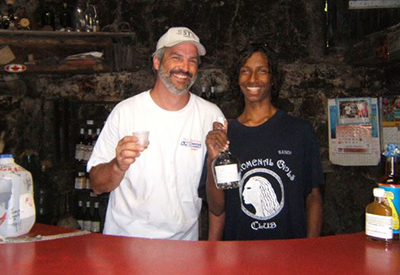 Callwood’s distllery in Cane Garden Bay
Callwood’s distllery in Cane Garden Bay
- Soper’s Hole (West End), one my wife’s favourite mid day stops, on our way to Norman Island. Plan lunch, check the boutiques and get a few things at the grocery store.
- The Indians off Norman Island. Grab one of many day time only mooring balls and snorkel this amazing rock outcrop that acts as a fish bowl. After words, head to the Bight on Norman island. After anchoring, and take your dinghy over to The Caves and look for hidden treasures. In the evening, go have a drink, or two, on the Willy T, a converted frigate well known for its’ more adult oriented parties.
- Cooper Island. Great beach and resort to have drinks, enjoy the water and have a last dinner ashore. We usually make this our last anchorage, as it is only a short distance to the charter base, so no rushing the next day. Ample time to get back on time.
I hope you enjoyed Part 2.
In Part 3, I’ll highlight the day to day activities of the charter itself, from arriving onsite, with tricks and best practices to make the best of it. How to make sure money issues are mitigated and finally, the sad process of returning the boat at the end of the trip.
To help plan your own itinerary, here are a few resource links. Keep in mind that some destinations and businesses may still be under post-hurricane reconstruction and printed information may not be up to date. Always do internet searches to get the latest information.
Cruising Guide:
- bvitourism.com
- Chris Doyle’s Cruising Guide to the Virgin Islands
- Chris Doyle’s Virgin anchorages CRUISINGGUIDES.COM
- IMRAY-LOLAIRE charts (A233 BVI) IMRAY.COM
- also search Chris Doyle Cruising Guides on Amazon
Some of the bareboat charter companies servicing the BVIs:
For more, search: BAREBOAT CHARTER COMPANIES IN THE BVI for a full list
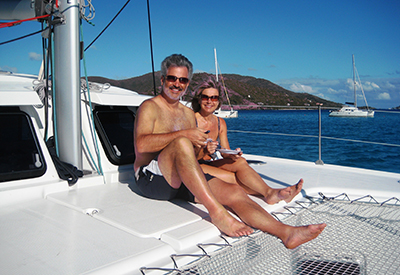 Marc Robic
Marc Robic
Marc is a member of the Canadian Power & Sail Squadron. He and his wife, Claude sail their Catalina 270, Aquaholic 3, out of the Ile-Perrot Yacht Club in Montreal, where Marc spent 16 years as Harbour Master. They are regular Caribbean bareboat yacht charterers. With over 40-years experience, Marc is also an avid onboard do-it-yourselfer.
Missed part 1 of Marc’s Chartering experience? Read it HERE

